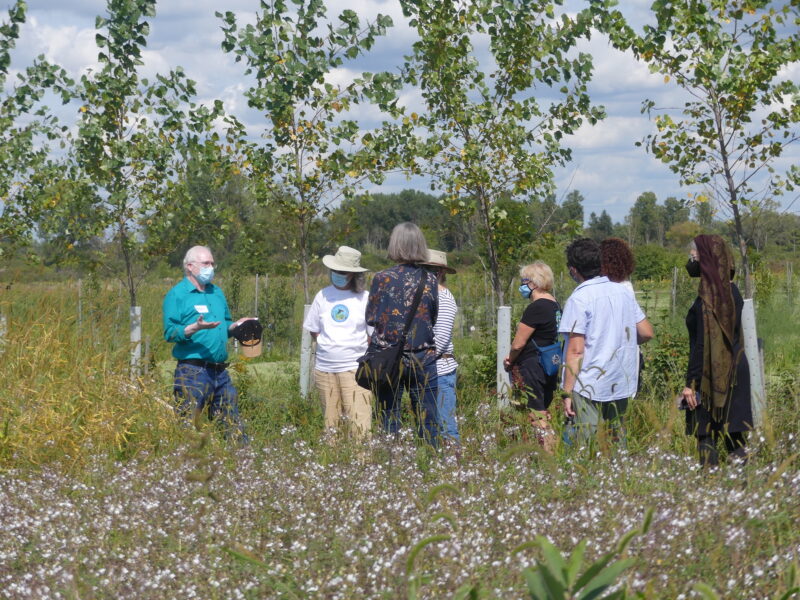The State of Minnesota has released a draft Climate Action Framework, and Climate Land Leaders are weighing in.
Goal 2 concerns climate-friendly natural and working lands and offers some specific targets:
- Increase carbon annually sequestered in natural and working lands by 25% by 2035 from 2014- 2018 average levels, through restoration, management, and using climate-smart practices.
- Reduce annual GHG emissions in the working lands sector by 25% by 2035 from 2018 levels.
- Enhance biodiversity and protect habitat corridors on 350,000 acres by 2035.
Climate Land Leaders commented that goals 2 and 3 were not ambitious enough. Other comments the Leaders provided:
1. Minnesota must first protect and restore its amazing forests, wetlands and grasslands through financial and technical assistance for landowners and financially attractive conservation easement options.

2. Support from the state must help farmers move away from corn/soybean rotations, which are terrible for the climate, even with “BMPs” (Best Management Practices). Long-term carbon storage will be achieved on working lands through perennials and grasslands. Farmers with grass-based livestock systems and perennial nut and fruit crops must be prioritized.
3. The state’s agricultural initiatives should prioritize financial and technical assistance support to help Black, Indigenous and People of Color develop and improve climate-friendly farming, including accessing land for their operations.
4. The state should help research and understand the full Life Cycle Analysis of conventional agriculture, including emissions from the manufacturing of fertilizers.
5. CAFOs (Confined Animal Feeding Operations) are major sources of greenhouse gas emissions, particularly potent methane. Minnesota should lead the nation in stopping CAFOs, which are bad for the climate, the people who work in them, the people who live nearby and the animals.
6. Local fruit and vegetable production is key for food security and human health, and these farmers deserve increased financial support and access to a safety net as climate change accelerates.
The Climate Land Leaders Initiative includes 40 individuals who own more than 10,000 acres of farm and forest land. These Leaders are working to reduce their GHG emissions and sequester carbon in the soil by transforming the land they own with conservation.
Read the draft Minnesota Climate Action Plan and offer your comments at mn.gov/framework. Or go directly to the agriculture and working lands chapter and offer your comments: https://engage.dnr.state.mn.us/our-mn-climate-lands